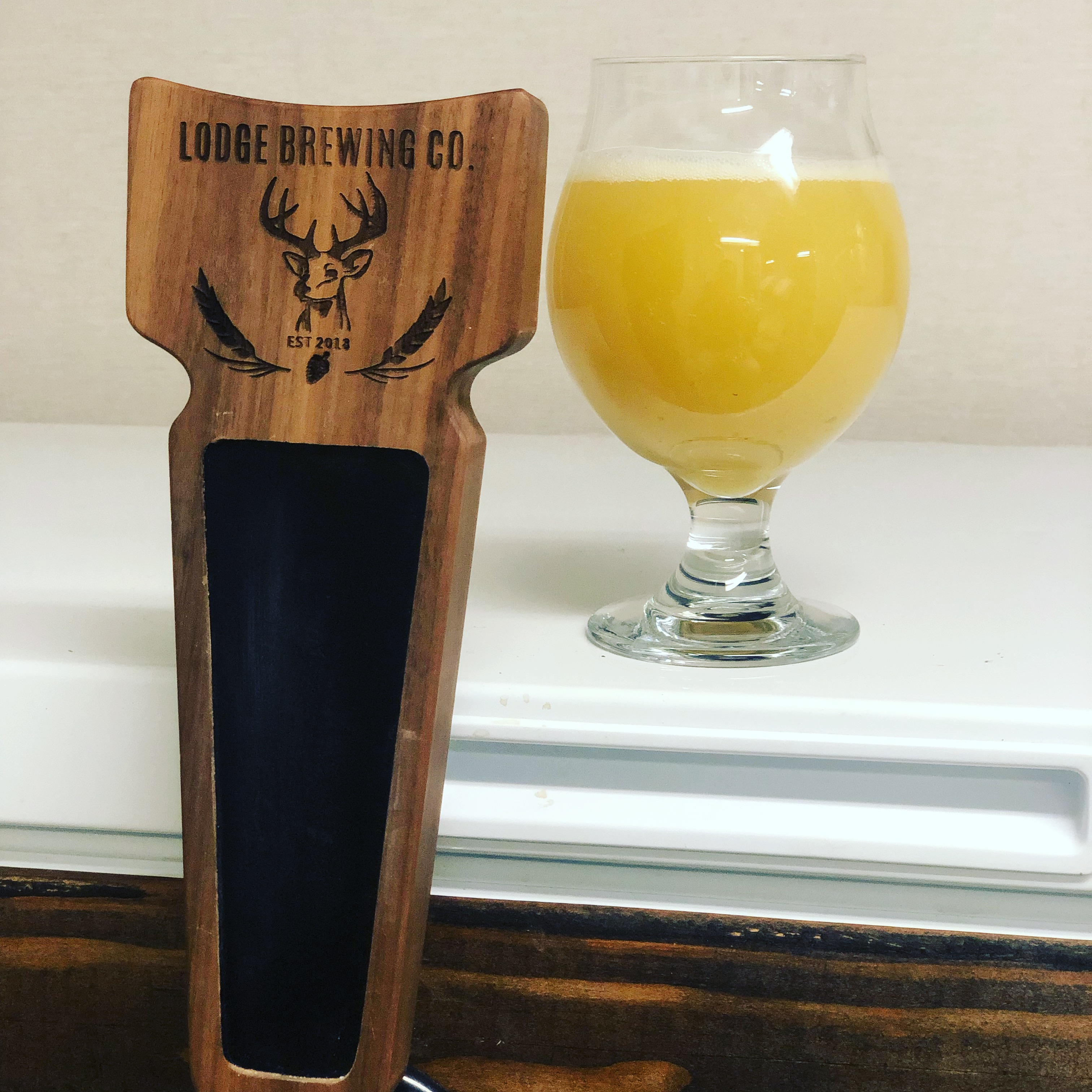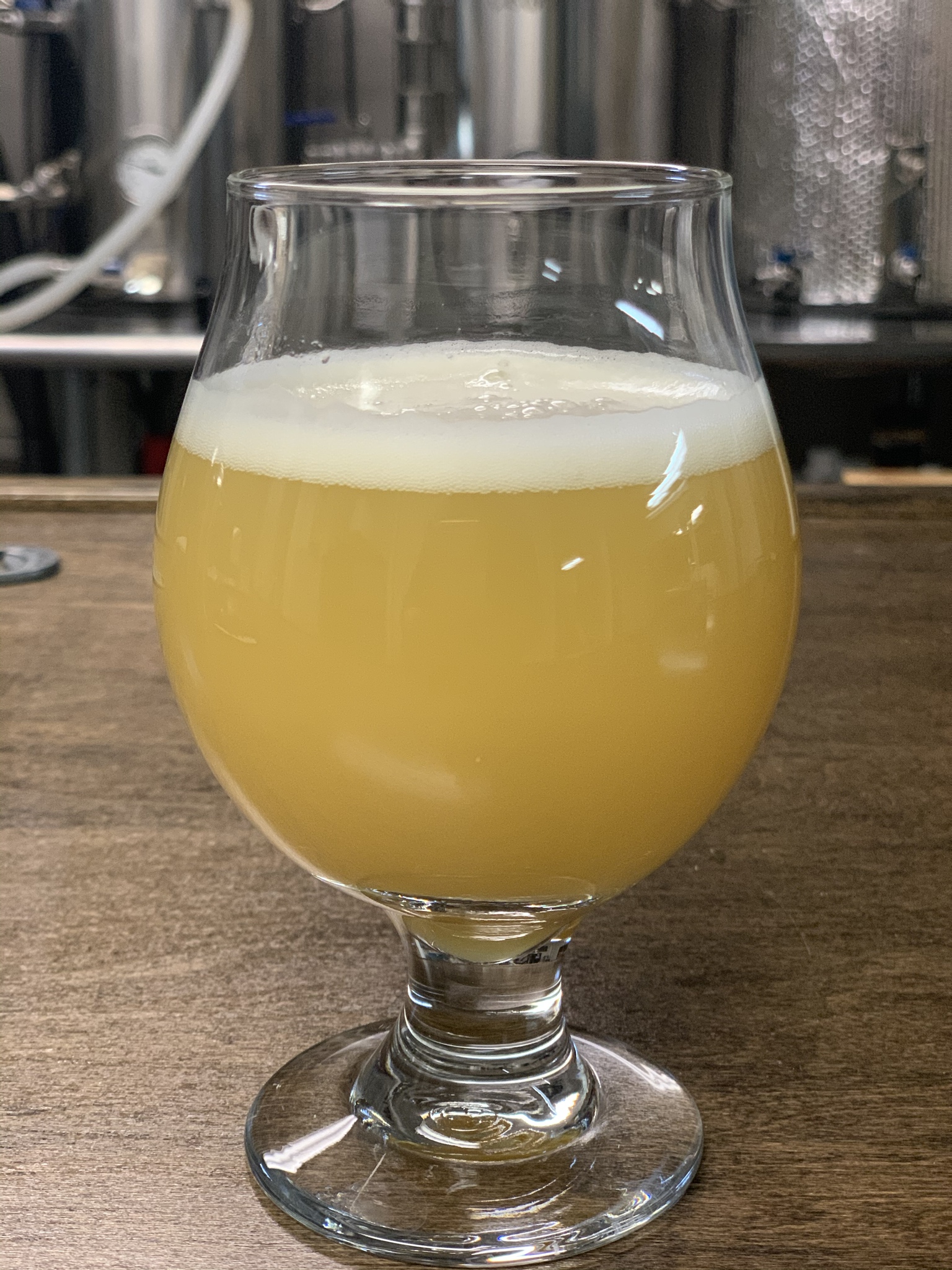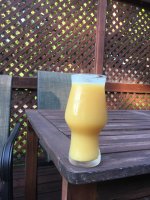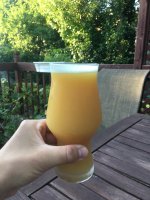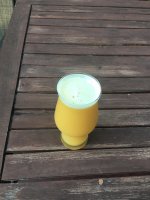Cavpilot2000
Well-Known Member
I find it funny that a Texas brewery is making New England IPAs in a way that is totally unlike actual NEIPAs (they're not generally that "murky" up here).
As I always say, the best, original NEIPAs (Heady, Julius, etc.) were cloudy as a side effect of the process and ingredients, NOT as a goal.
Therefore it seems silly to pursue opacity or murkiness as a goal rather than the goal being a good beer that happens to be cloudy/murky/opaque.
Again, most of those original (and still best examples of) NEIPAs are hazy, not milky opaque. Chasing opacity as a primary goal rather that good beer as a primary goal that may or may not be murky, cloudy, hazy, etc...is putting form over function.
As I always say, the best, original NEIPAs (Heady, Julius, etc.) were cloudy as a side effect of the process and ingredients, NOT as a goal.
Therefore it seems silly to pursue opacity or murkiness as a goal rather than the goal being a good beer that happens to be cloudy/murky/opaque.
Again, most of those original (and still best examples of) NEIPAs are hazy, not milky opaque. Chasing opacity as a primary goal rather that good beer as a primary goal that may or may not be murky, cloudy, hazy, etc...is putting form over function.














































![Craft A Brew - Safale S-04 Dry Yeast - Fermentis - English Ale Dry Yeast - For English and American Ales and Hard Apple Ciders - Ingredients for Home Brewing - Beer Making Supplies - [1 Pack]](https://m.media-amazon.com/images/I/41fVGNh6JfL._SL500_.jpg)










